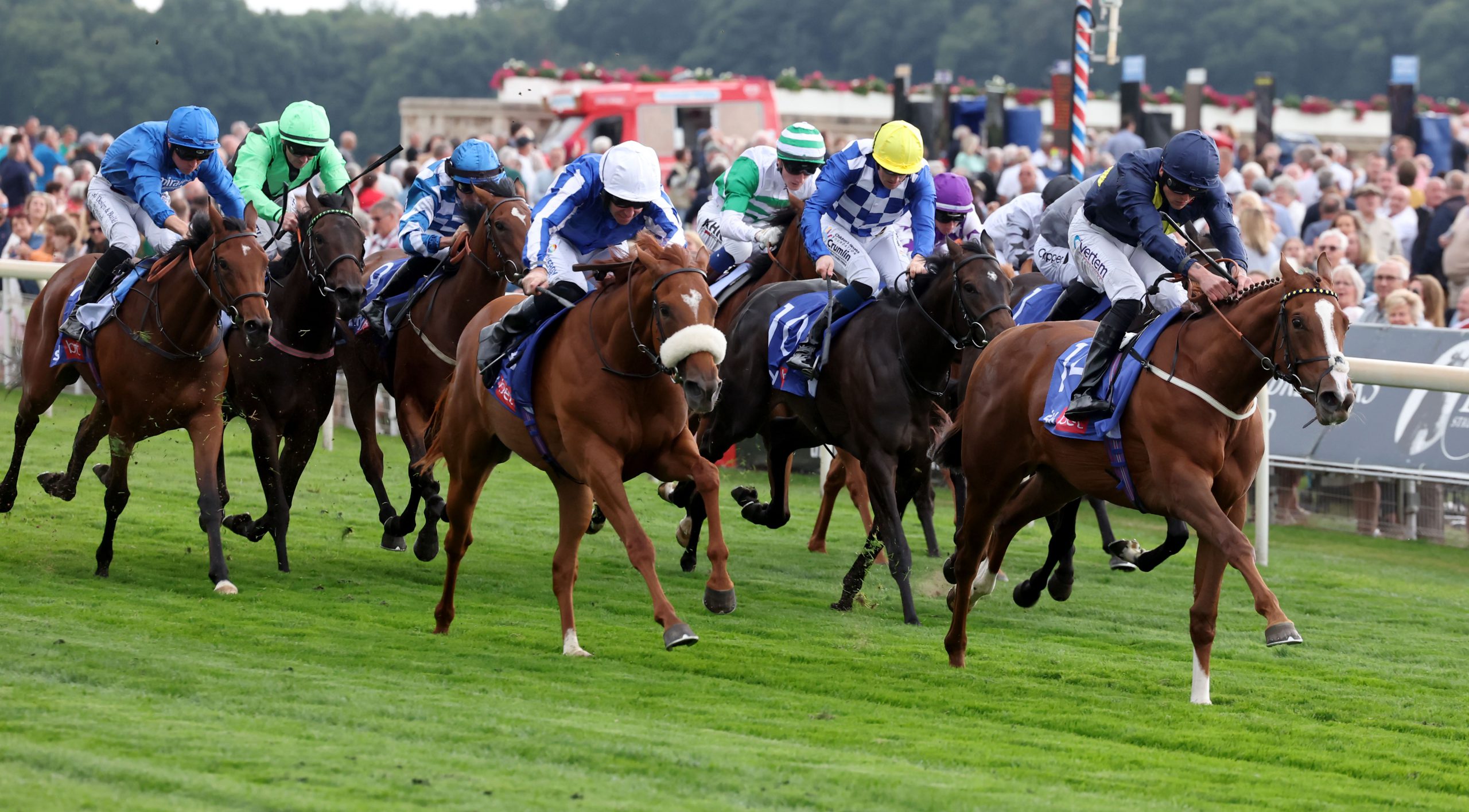
- Industry leaders unanimous on need for serious and radical changes to make long-term improvements to the industry.
- Strategic areas of focus agreed following initial two-day meeting, including an appetite for fundamental change to the way in which the racing product is structured, presented and promoted in 2024
- Agreement reached to begin to improve competitiveness in 2023 with a package of measures to be developed
ISSUED ON BEHALF OF THE ATTENDEES OF THE INDUSTRY STRATEGY GROUP MEETING
Following a two-day industry meeting, racing’s leaders have today issued a joint statement regarding the development of an industry strategy:
“An extremely positive meeting has been held where there was a shared acceptance of the challenges facing the sport and agreement of the need to work together to fix them. The industry leaders present were unanimous on the need for serious and radical changes to make long-term improvements to the industry.
“The result is an agreement on areas of focus for a strategy which will be developed in the coming months, underpinned by all parties agreeing to share data to inform decision making, with the aim of building a sustainable model for British racing and identifying areas for growth.
“There was also an agreement that action is required to begin to address competitiveness in the short term, and a package of measures will be developed with this objective.”
As a result of the meeting, leaders have agreed that the sport’s strategy for 2024 and beyond should include a focus on significant innovation in the way that racing is presented, in particular our best races, with a view to improving competitiveness, growing attendances, ownership and the supply of horses, and engaging new audiences both domestically and internationally.
In addition, all parties have agreed to improve the sharing of data across the sport.
Areas of focus will include, but not be limited to:
- the organisation of the racing product, including the fixture list and race programme
- presentation and promotion of the sport’s most high-profile events
- ensuring that the sport’s promotional functions are properly structured and resourced
- using data to better understand customer needs and to ensure industry decisions are based on evidence
- working with betting operators, broadcasters and other partners to optimise growth
- improving the owner experience and encouraging greater investment in ownership, in particular through affordable investment
- continued focus on equine welfare
- investment in our people and recruitment, welfare, development and retention of staff and diversity and inclusion
- integrity and regulation
- environmental sustainability
In addition the sport’s leaders have agreed that, in the short term, a package of initiatives will be developed to begin to address competitiveness of the racing product in 2023. This package will include looking at the composition of the race programme, scheduling and timing, alongside extending initiatives such as flexible race programming.
A great deal of work is already underway in a number of these areas. Further areas of focus are likely to be developed through the onward discussions with stakeholders.
The initial two-day meeting was attended by leaders from across the sport’s main bodies of the British Horseracing Authority (BHA), Great British Racing (GBR), Thoroughbred Group (TG) and the Racecourse Association (RCA) and racecourses.
The strategy group also heard a presentation from Peter Savill, and considered other submissions from a wide range of groups, all of which will continue to be absorbed into the decision-making and setting of areas of focus.
Development of the strategy will involve further, ongoing discussions with industry participants, owners, customers and other related industries such as the betting and broadcasting industries, alongside partners such as the Horserace Betting Levy Board (HBLB) and Racing Foundation (RF).
The development and delivery of this strategy will be led by the BHA. It will be underpinned by a new industry governance structure which allows for greater progress by providing appropriate decision-making structures for commercial decisions.
Measurable objectives and targets for growth and detailed timescales and project plans will developed as part of this process, and initiatives and developments arising will be published on an ongoing basis.
Notes to Editors
1. There were up to 18 attendees present at the meeting at any one time, with six representing the BHA/GBR, seven representing racecourses (with two of these individuals attending for just one day each) and six representing the thoroughbred group.
The session was facilitated by the BHA’s Director of Strategy and Change Alison Enticknap, alongside consultant Alan Switzer.
The group membership was:
BHA/GBR
Julie Harrington: BHA Chief Executive
David Jones: BHA Senior Independent Director
Ruth Quinn: BHA Director of International Racing and Racing Development
Joe Saumarez Smith: BHA Chair
Rod Street: GBR Chief Executive
Richard Wayman: BHA Chief Operating Officer
Racecourses
David Armstrong: RCA Chief Executive
Ilona Barnett: RCA Board Member / Managing Director Stratford racecourse, representing small independent racecourses
Martin Cruddace: ARC Chief Executive
William Derby: York racecourse Chief Executive and Clerk of the Course, representing large independent racecourses
Jonjo Sanderson: RCA Board Member / Wetherby racecourse Chief Executive, representing small independent racecourses
Nevin Truesdale: Jockey Club Chief Executive
Wilf Walsh: RCA Chair
Thoroughbred Group
Paul Johnson: NTF Chief Executive
Charlie Liverton: ROA Chief Executive
George McGrath: NARS Chief Executive
Ian McMahon: PJA Chief Executive
Charlie Parker: TG Chair and ROA Chair
Claire Sheppard: TBA Chief Executive
